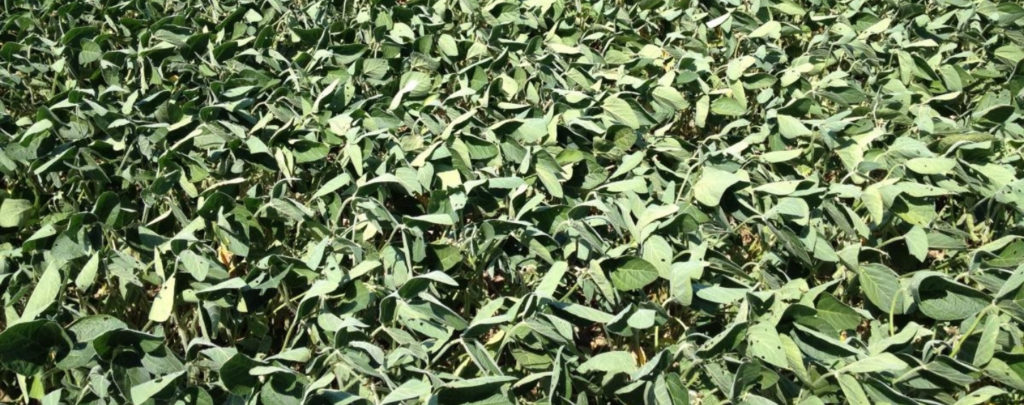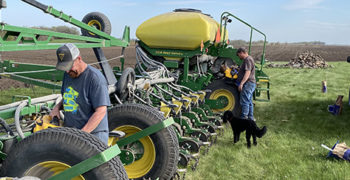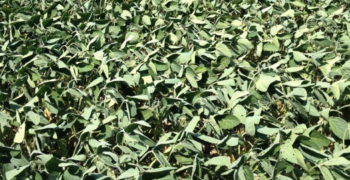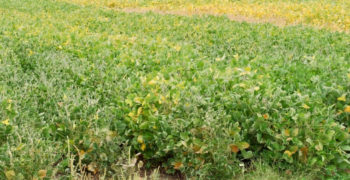Background:
Environmental stress like a drought is something that is out of our control. The soybean seed needs to consume 50% of its weight in water in order to germinate. If planting in dry soil, emergence may be low because of the lack of water the soybean seed is getting. Once a seed germinates it is made up of nearly 90% water. Soybeans can respond well to water deficit as early as two days after germination. In the vegetative growth stages, short term water deficit generally will not affect yield. However, long term drought will have an impact on yield and could cause plants to die.
What to look for:
Soybeans that are showing signs of lack of moisture will begin to wilt. Another sign of environmental stress is leaf flipping. This is the process of the plant actually flipping it’s leaves to show the silvery-green underside. The plant will do this to reflect sunlight and delay photosynthesis which will slow down plant growth. Leaf clamping is another sign of drought stress. The plant’s leaves will fold in their leaves to conserve water. This process is very similar to leaf flipping as the plant is minimizing sunlight exposure. All of these defense mechanisms if in a severe, long lasting drought can drastically impact grain yield. Management practices like minimizing compaction and tillage can help keep moisture in the soil during dry spells.



